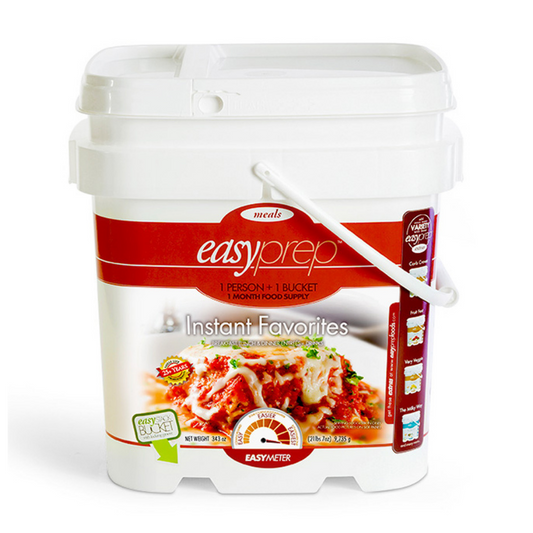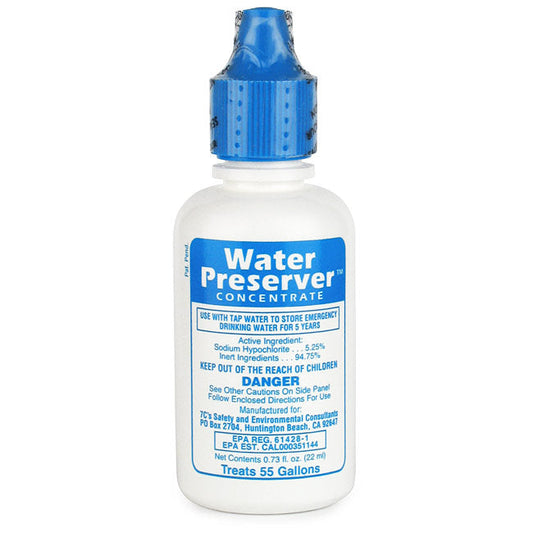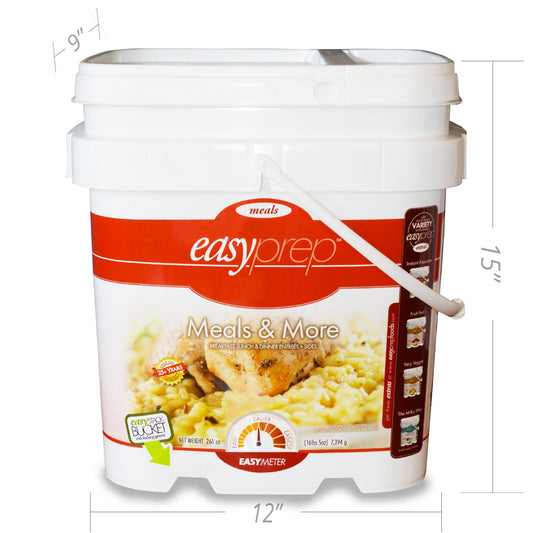
Brewing beer has been a popular hobby among humans for thousands of years. In most cultures, curiosity stemmed from people experimenting with fermenting rice, grain, wheat and barley. The oldest evidence for barley beer is believed to have been found in Mesopotamia about 6,000 years ago on a Sumerian tablet. They have been recognized for their poem titled “Hymn to Ninkasi”, giving praises to the goddess of brewing and detailing a popular barley beer recipe.1
For those of you who are intrigued by the art of brewing, don’t be intimidated by the process. Your first, second and even third batch will be filled with trials and errors. But once you figure out what works and what tastes good, you’ll be well on your way to being the beer connoisseur of your neighborhood. The first question you need to ask yourself is: what style of craft beer do you want to brew?
![brew your own beer]() Popular Craft Beer Styles
IPA (Indian Pale Ale) – extra hops, strong and bitter
Double IPA – double or triple the hops
Seasonal – Stouts, Porters, Blonde ales, Hefeweizens, English Pale Ales, Bavarian Weisse, etc.
Pale Ale – more equal malt-to-hop balance
Amber Ale – amber to deep red color, greater malt emphasis of caramel and other malt flavors
Today, we will be giving you instructions on how to brew an American Pale Ale.
INGREDIENTS
6 pounds Pale Malt Extract
½ pound Crystal 10L Malt
½ pound Carapils (dextrine malt)
2 oz. Perle hops (pellet)
2 oz. Cascade hops (pellet)
Safale US-05 (Yeast)
EQUIPMENT
Large Boil Kettle
Siphon Tube
1 Step or C-Brite (sanitizing solution)
Fermenting Bucket
Thermometer
Bucket lid
Hose Racking Cane
Airlock
Popular Craft Beer Styles
IPA (Indian Pale Ale) – extra hops, strong and bitter
Double IPA – double or triple the hops
Seasonal – Stouts, Porters, Blonde ales, Hefeweizens, English Pale Ales, Bavarian Weisse, etc.
Pale Ale – more equal malt-to-hop balance
Amber Ale – amber to deep red color, greater malt emphasis of caramel and other malt flavors
Today, we will be giving you instructions on how to brew an American Pale Ale.
INGREDIENTS
6 pounds Pale Malt Extract
½ pound Crystal 10L Malt
½ pound Carapils (dextrine malt)
2 oz. Perle hops (pellet)
2 oz. Cascade hops (pellet)
Safale US-05 (Yeast)
EQUIPMENT
Large Boil Kettle
Siphon Tube
1 Step or C-Brite (sanitizing solution)
Fermenting Bucket
Thermometer
Bucket lid
Hose Racking Cane
Airlock
![Boil the Wort 81907076_13e68ffad6_b]()
![Cool the Wort 4569957650_4061d240df_b]() Cold break, or the lack of it, is called Chill Haze. When a beer is chilled for drinking, these proteins partially precipitate forming a haze. As the beer warms up, the proteins re-dissolve. Only by rapid chilling from near-boiling to room temp will the Cold Break proteins permanently precipitate and not cause Chill Haze. You cannot taste the effects of Chill Haze, it is more of a cosmetic problem. Hazy beer also tends to become stale sooner than non-hazy beer. 2
Cold break, or the lack of it, is called Chill Haze. When a beer is chilled for drinking, these proteins partially precipitate forming a haze. As the beer warms up, the proteins re-dissolve. Only by rapid chilling from near-boiling to room temp will the Cold Break proteins permanently precipitate and not cause Chill Haze. You cannot taste the effects of Chill Haze, it is more of a cosmetic problem. Hazy beer also tends to become stale sooner than non-hazy beer. 2
![Siphon Your Beer Siphon Your Beer]()
Brewing Directions
Prepping & Creating the Wort (Unfermented Beer)
It is important that your grains husks are broken apart. If they aren’t, use a rolling pin to crush them. Once you are finished, pour the grains into a muslin bag and close.- Add 2 ½ gallons of water into a large pot
- Add grain bag and bring water to a near boil
- Next, turn off the heat and let the grains steep for 10 minutes.
- Remove grain bag and place in a strainer over the pot. Pour 4 cups of hot water over the grains and then throw away.
- Add all of the pale malt extract to the pot and stir till completely dissolved
Boiling the Wort
- Bring wort back to a boil.
- Add 1 oz. of Perle hops and boil for 30 minutes
- Add another ounce of Perle hops and boil for 30 minutes
- Add 2 oz. Cascade hops and boil for 2 minutes
- Remove pot from heat and cool for 20 minutes
How to Prevent "Chill Haze"
Rehydrate Yeast
- Heat ½ cup of water to exactly 100F
- Sprinkle dry yeast on top of water
- Cover and set aside
Transferring Your Wort
- During this step, gravity will be your best friend while transferring the wort to your fermenting bucket. This process will ensure no contamination of your batch.
- Place the pot on a high surface, preferably a counter
- Place the racking cane in the pot
- With the hose, plug one end and fill the other end with water. Attach the hose to the racking cane.
- To siphon, release your finger from the hose and let the wort flow down into the fermenting bucket.
![Ferment Beer At Home Ferment Beer At Home]() Add Yeast
Add Yeast
- You will notice that the yeast starter will be bubbly on the surface. Add yeast to fermenting bucket, secure the lid and insert the rubber stopper.
- Fill the airlock with sanitized water (the airlock will allow CO2 to escape)
- Insert the floater and cap it






